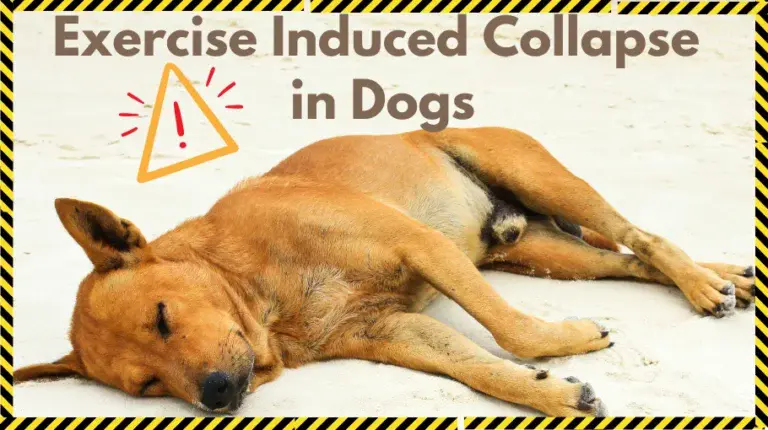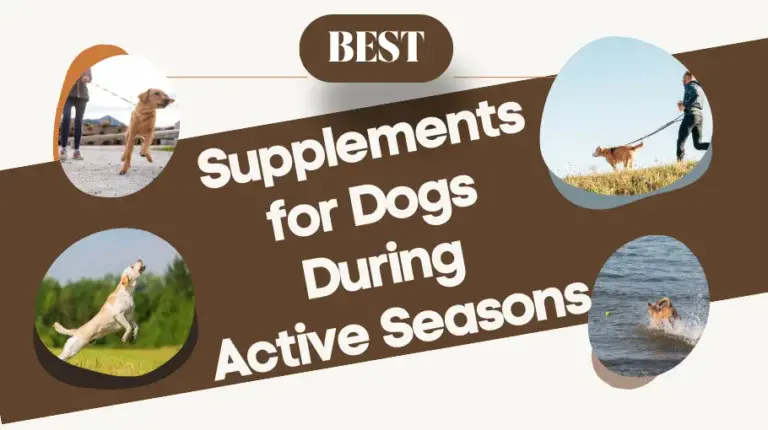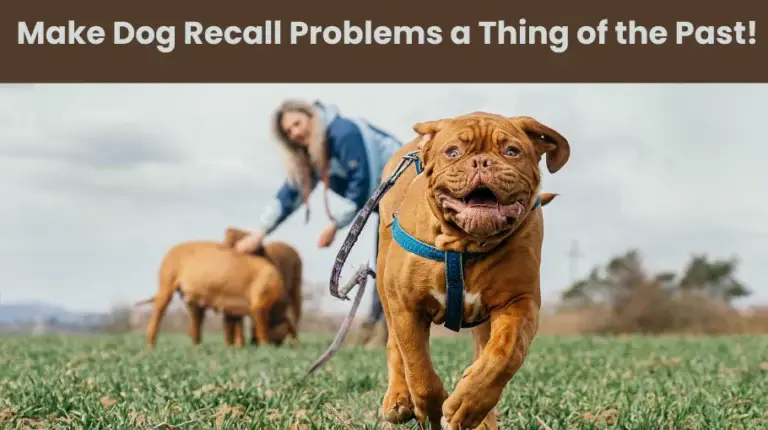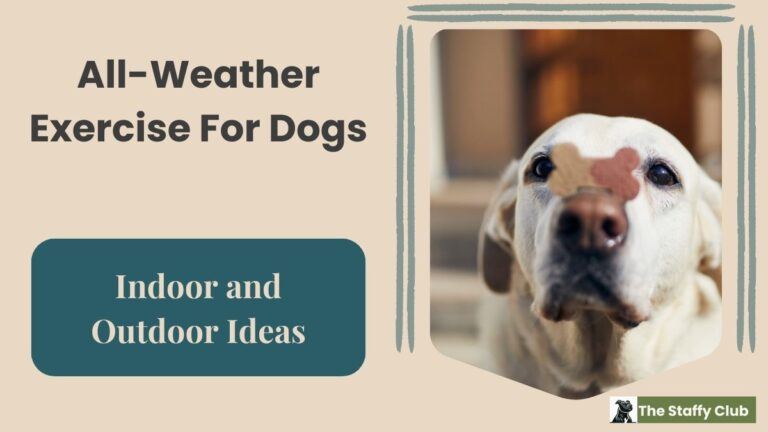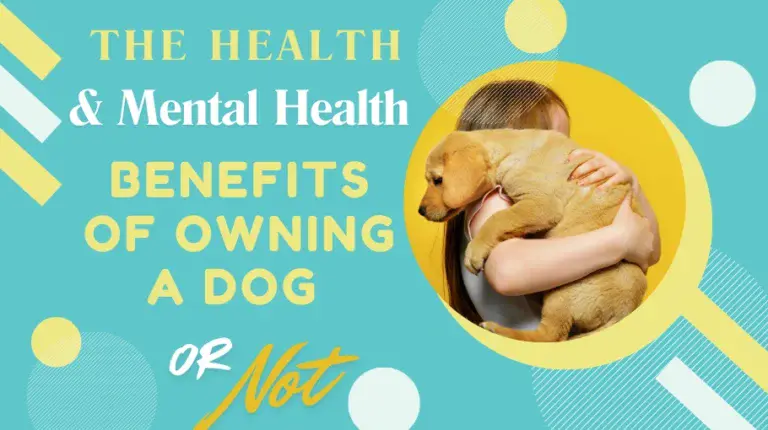3 Ways to Take Care of Your Dog’s Teeth
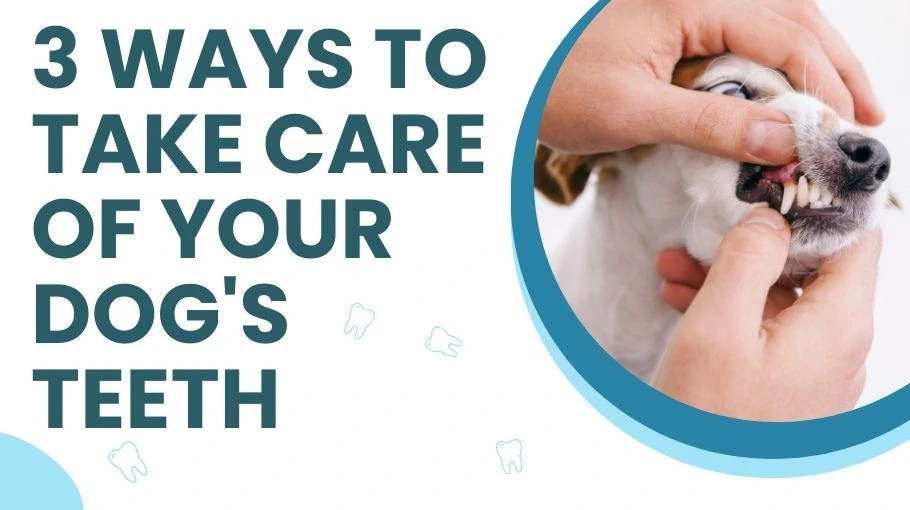
Discover the best ways to take care of your dog’s teeth—brushing, chews, and toys to keep them healthy and happy. No stress, just results!
With two power-chewing Staffies who never seem to stop gnawing—until they’re asleep—I’ve learned the hard way that there’s no one-size-fits-all solution to dog dental care.
The key?
A hybrid approach that combines brushing, dental chews, and toys. It’s not just about keeping their teeth clean, but also making it a routine they love. And trust me, it’s easier to maintain than you’d think.
Table of Contents
Brushing and Toothpaste: A Canine Essential 🪥🐶
Brushing your dog’s teeth might sound like a wrestling match in the making, but it’s one of the best ways to prevent bad breath, plaque buildup, and expensive vet bills.
Choosing the Right Tools
Skip the human stuff—many toothpastes contain xylitol, which is toxic to dogs. Go for a dog-specific toothpaste (chicken, beef, and peanut butter flavors tend to win them over).
For brushes, some people find that starting with a finger brush for pups or first-timers helpful. As your dog grows—or becomes a toothbrush terminator like mine—you may need sturdier options or settle for occasional brushing, supported by chews and toys. I started with the Beaphar Toothbrush and Toothpaste Kit when mine were small enough to sit on my lap.
Now, with their bone-crusher jaws, I sit on the floor and keep brushing sessions short and low-key, just to keep them familiar with the process (and make vet visits easier).
Making It a Positive Routine
Let them sniff the brush, taste the toothpaste, and reward curiosity. Pair brushing with something relaxing like post-walk downtime, or my go-to, soothing music for dogs with anxiety, because it works a charm for any dog, anxious or not.
The goal?
Turn “ugh” into “yum” with lots of praise and treats.
And another tip: keep it fun. Don’t stress when they try to lick the toothpaste off the brush before you even get near a tooth. Just pull back, calmly say, “Not a chew,” and gently try again—light massage, lots of praise, rinse, repeat. It’s a stop-and-start kind of session until you both feel done.
The win?
Getting to the point where they see the tube and come trotting over—not bolting for their crate.
Quick Brushing How-To
- Let them lick a dab of toothpaste.
- Gently rub teeth and gums with a finger brush or toothbrush.
- Focus on the outer surfaces—skip the tongue side (as much as you can).
- Keep it under a minute.
- Reward like they just aced a test.
Tip: If your dog thinks the toothbrush is a new chew toy, it might be time to pivot.
How Often?
Daily is best, but aim for twice weekly minimum for pups. Combine with chews, toys, and and the usual annual vet checks for a full dental care routine.
Incorporating Dental Chews into Your Dog’s Routine 🦴
If your dog’s not wild about toothbrushes—or you value your fingers more—dental chews are the next best thing. They’re tasty, convenient, and give your dog something to gnaw on besides your shoes.
How Dental Chews Work
Dental chews are designed to do what brushing does: scrape away plaque and tartar as your dog chews. The texture and shape help clean teeth and massage gums, and many have added enzymes to boost the effect. Think of them as the canine equivalent of chewing sugar-free gum—if that gum tasted like bacon and came with tail wags.
Choosing the Right Chews
Not all chews are created equal. Look for:
- VOHC (Veterinary Oral Health Council) approved products if you want that scientific backing
- Size-appropriate options based on your dog’s weight—not just their chewing enthusiasm
- Clearly labeled feeding guidelines (most are one per day max)
That last bit is important: chews aren’t free-for-alls. Most come with limits for a reason—too much can upset your dog’s stomach or throw off their diet.
Personally, I steer clear of the big-brand options like Pedigree Dentastix or Purina Dentalife. Is it just me that sees “Vet Approved” on a label and assume that’s because they’ll rake it in when you bring your dog in for treatment? I’m not a fan of the ingredients or the price tag.
Instead, I keep it simple: twist-style chew sticks (those grooves get between teeth), and supermarket own-brand dental sticks—budget-friendly, easy to toss in the trolley, and the dogs love them just the same.
Occasionally, I’ll give them air-dried chicken feet—sourced from a reputable brand, and always dried, never cooked. They’re crunchy, packed with joint-friendly nutrients, and satisfying to chew. But, just to be clear, they’re a supervised treat only—especially for dogs that tend to gulp things down. If your dog doesn’t chew properly, skip them altogether. Safety first.
Why not everyday, then? Because, there’s other stuff going on. Ours start the day with a good ol’ gnaw on a Benebone or Nylabone style chew. Not exactly designed for dental hygiene, they still play a part. After they’ve been gnawed on a bit, the nylon gets prickly. So when they’re gnawing down on it, that toy is also helping to scrape away at plaque and massaging their gums.
Where the dental chews come in is as high-value treats, like after a long walk, or finishing a training session on a high note.
What to avoid are chews that are too hard (like antlers, hooves, or bones), which can crack teeth and lead to expensive vet visits.
Benefits Beyond Oral Health
Dental chews don’t just freshen breath and fight plaque. They also:
- Help relieve boredom and reduce destructive chewing
- Provide mental stimulation (great for high-energy or anxious dogs)
- Promote calmness—chewing is naturally soothing
In short, they’re a solid two-in-one: part hygiene, part enrichment.
Making It Part of the Routine
Use dental chews as a high-value reward or post-meal treat. It’s their edible version of brushing, flossing, and unwinding before bed, and something for their enjoyment or amusement because they love chewing stuff.
If you’re brushing too, even better. Think of chews as a support act—not a full replacement—but still a key player in your dog’s dental care lineup.
The Role of Toys in Oral Hygiene: A Guide to Rope and Dental Chew Toys 🧸
If you thought rope toys were just for playing tug-of-war or fetching, think again. They can also be pretty handy when it comes to keeping your dog’s teeth in tip-top shape. And while not all toys are created equal, some can help in the battle against plaque and tartar without you needing a toothbrush.
How Rope Toys Help Clean Teeth
Rope toys work by scraping plaque and tartar off your dog’s teeth as they chew. The fibers in the rope, especially with those knotted designs, act like little flossing tools, getting between the teeth and gently removing buildup. The more your dog chews, the more cleaning action happens, making rope toys an easy, hands-off way to contribute to their oral hygiene.
But—and it’s a big “but”—this isn’t a substitute for regular brushing. It’s just another tool in your dog’s dental kit.
Choosing Safe and Effective Rope Toys
When selecting rope toys, look for:
- Durable designs—something that can withstand aggressive chewers but isn’t so hard it might damage teeth, or worse, present a choking hazard: Think rope toys with plastic connectors like the ones used to make a figure 8 for playing tug.
- Size-appropriate toys—small toys for small dogs and larger ones for big breeds to avoid accidental choking or swallowing hazards.
- Non-toxic materials—some rope toys come with added dyes or chemicals, so keep an eye out for safe, natural options.
I’ve tried a few different rope toys over the years, and this one for aggressive chewers (yes, the one with five knots) was closest to the one we had that lastest longest – I can’t find the original maker anymore. It’s about 3 feet long and super durable—but that’s relative! While it did last longer than some of the other ones, we still found that our dogs could chew through it if left unchecked.
I’ve learned that 10-minute chewing sessions are ideal—enough time to let them get some chewing and cleaning action in, but not so long that they can destroy the whole thing in one go.
So, while rope toys can last, they need supervision. These aren’t the kind of toys you can toss in the backyard and forget about while you make a cuppa. Use them in short bursts and always check them for damage.
Benefits Beyond Dental Hygiene
Rope toys aren’t just about scrubbing away plaque—they also have a ton of other benefits:
- Mental stimulation: Dogs love a good game of tug-of-war or fetch. These games keep their minds engaged, preventing boredom and destructive chewing.
- Bonding time: Rope toys are a great opportunity for you to play and bond with your dog, which is fantastic for their emotional well-being.
- Jaw strength: Regular chewing on rope toys helps strengthen their jaw muscles, making their chewing habits healthier and less likely to damage things like furniture or shoes.
Supervision is Key
While rope toys can be great for cleaning teeth, you do need to keep an eye on them. It’s tempting to let your dog go to town for a long stretch, but longer chewing sessions—especially with toys that get broken down—can lead to accidental swallowing of pieces or damage to their teeth.
So, aim for short, supervised sessions. When you’re done, put the toy away until the next round.
Choose Toys that Support Canine Hygiene and Safeguard Your Dog’s Teeth
Not all toys are meant for doggy dental care. Some can destroy canine teeth in minutes. Pay attention to the materials and wording used by the manufacturer.
Take the Virtually Indestructible Dog Ball. It’s 10” of high-density polyethylene (basically, hard plastic!). The description says:
“The size should NOT fit in the dog’s mouth. While not designed to be a chew toy, this ball will exercise your pet like no other!”
What it’s really designed for is push and play, not chewing. And just to make that crystal clear, it also states (in all caps!):
“NOT FOR FETCH, NOT FOR CHEWING, THIS IS A HARD HARD HARD PLASTIC BALL!”
Yet, customer reviews are filled with comments along the lines of “My Staffie will never destroy this,” making it seem like the ultimate indestructible toy. But if you dig deeper into the negatives, it’s clear: people are using it wrong—tossing it like a fetch ball, and expecting their dog to fetch it. Not what it was made for.
So, when I say rope and dental chew toys, I’m not talking about any toy. Some are meant for supervised play, while others are designed to keep teeth safe. Tossing hard plastic toys around is more likely to break a tooth than the toy itself.
Looking for tough toys for aggressive chewers? Check out my top picks for 3 of the best durable dog toys for aggressive chewers (including the Nylabone-style toys our two Staffies use daily).
What’s your go-to technique for keeping your dog’s teeth clean—and their breath (hopefully) fresh? I’m always curious to hear what works for others!

